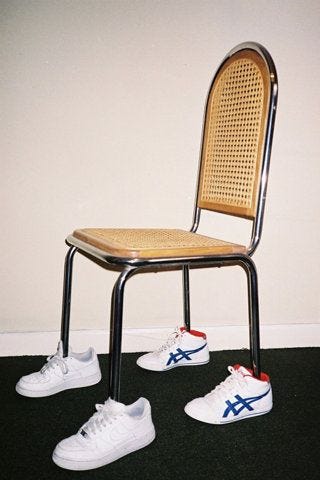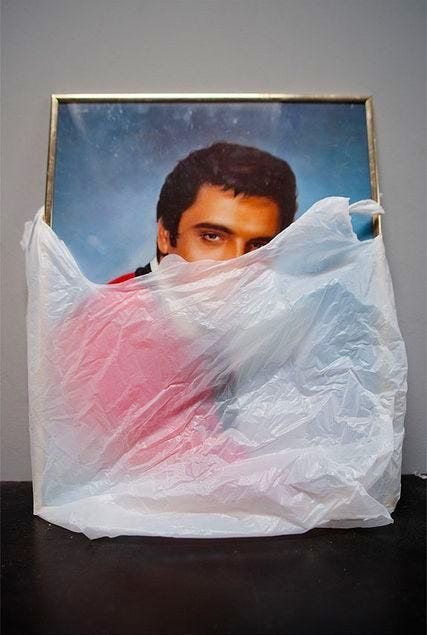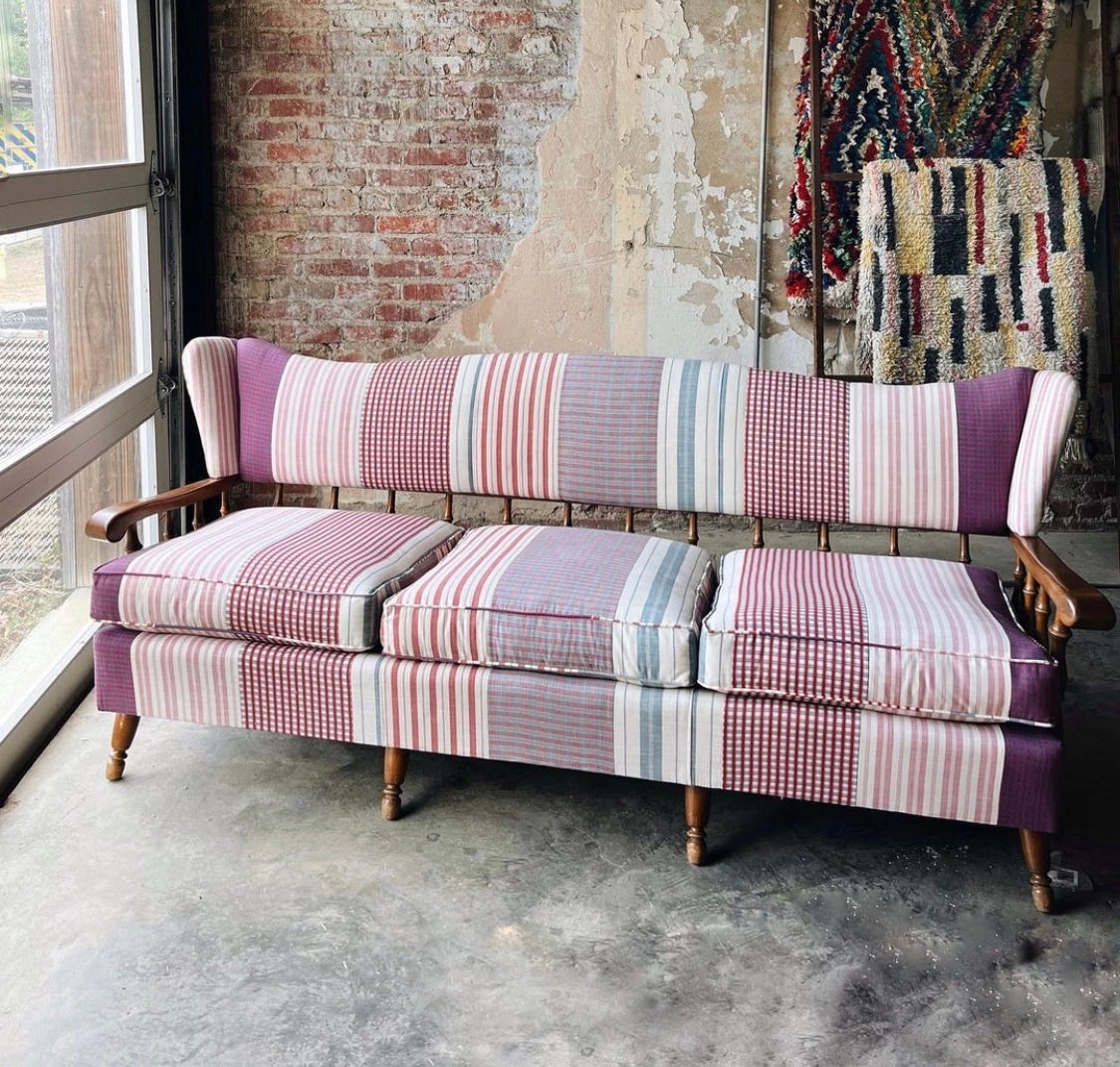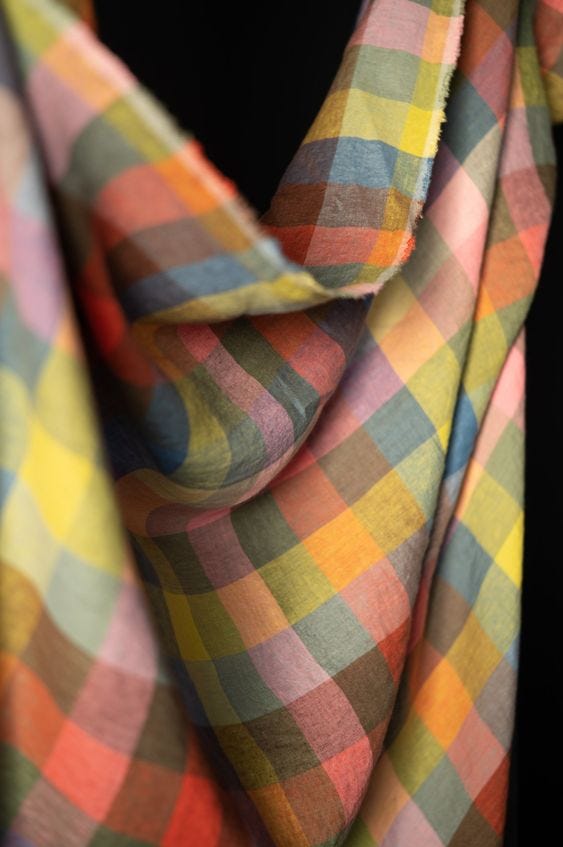The fast furniture problem is a big one, we dug into this in our last newsletter and really talked it out in our latest design chat, linked below.
Luckily, there’s a lot that we can do to avoid spending on this stuff that’s harsh on our wallets, our health, and the health of our planet.
The more we’ve learned about the lack of regulations in mass production, the more these “solutions” feel empowering and creative.
Don’t just take our word for it:
I just wanted to say how much you guys have impacted my thoughts around fast furniture, fashion etc. Prior to joining House Friends I bought cheap furniture because it's what we could afford. At this time I'm always scouring marketplace, thrift, estate sales, as time allows, to furnish our home. I'm more aware of materials used, carcinogenic items, etc. Thank you guys for bringing awareness!!
This version of me is so much cooler than the version that bought fast, cheap, trends. -Hillary
Make our day much?? We’re so inspired by this community all on a mission to explore beauty thoughtfully. Thanks for being here.

Buy less stuff
Ugh, boring!!! We love stuff. But, we’re smart, and we know we live in a culture that’s normalized overconsumption. Being intentional about what we buy is the best thing we can do to ultimately keep things out of landfills.
Shop secondhand
Oh, where do we begin?! We love the second-hand hunt for a splash of the unexpected and the range of price points. There’s always something for everyone. The fact that second-hand shopping is sustainable and gentle on the environment is icing on the cake.
Second-hand shopping allows you to experiment with your style and play with trends all while participating in a circular economy. You’re giving a new life to old things and will likely allow for higher quality pieces than what you could buy new for the same money! It’s really a win-win-win-win-win and of course a beloved topic of ours.
Some helpful tips:
Large pieces of furniture and tiny objects are usually the sweet spot when searching second-hand
The in-between can be harder but still really rewarding - rugs, curtains, lighting, etc. It is all out there. Sometimes those items take more patience to find in the right budget with the right look. Our Slack community for members is all about the slow design process.
If second-hand or vintage shopping overwhelms you - buy from resellers! We love resellers because they curate, clean, repair, and help to keep stuff out of landfills. They stage and style so that everyone can see the potential and value. Reselling is a labor of love, and you’re supporting a small business when you shop from them.
We have an entire workshop on thrifting for your home! If you’re on a tight budget or if you love to listen to people talk about thrifting, this will be perfect for you. Members have full access to all of our workshops.
Did you know that even buying a big-box piece of furniture used can lead to a healthier home? Off-gassing dissipates over time and, mass-produced items made over 10 years ago are often higher quality than what’s being mass-produced today.
Support artists and artisans
Designing a custom table or getting a couch reupholstered isn’t cheap, but this is the kind of stuff you save for. Creating heirloom pieces that you can customize and design specifically for your family, for your home, or with an artist you really admire is a great place to invest. Imagine what it would do for the creative economy if we prioritized this more!
We’ll share some favorite makers soon, but let us know who you’d love to work with someday:
How to buy new:
Shop based on materials and evidence that the manufacturer gives a tiny sh*t.
Shopping with high-quality materials in mind will mean your pieces will be easier to maintain and able to last a lifetime. If you grow weary of their style, they can be resold and enter a circular economy so someone else can enjoy and maintain them.
When shopping new, look for:
natural materials
wood (can be sanded, refinished, painted, and live many lives)
linen (antimicrobial, heat and moisture-wicking)
wool (fire and moisture-resistant, mildew and mold-resistant, hypoallergenic, durable)
silk (lightweight but strong, hypoallergenic)
hemp (detoxifies soil, durable, resists UV, breathable, absorbent, antimicrobial)
metal (can be recycled/reused forever with no downgrading in quality, but it is also a non-renewable material that takes a lot of energy to make)
stone (durable and recyclable)
linoleum (made of renewable, biodegradable, recyclable materials)
latex (renewable, biodegradable)
where it is manufactured
made in the USA has some compliance standards
it’s hard to know what conditions people in other countries are working under unless the manufacturer discloses better practices or lists a third-party certification
avoid any fabrics listed with “performance” qualities
look for manufacturers with sustainability standards on their website or third party certifications* like:
Greenguard for furniture and fabrics
Oeko-tex for fabrics and rugs
Certi-PUR US for mattresses and furniture foam
Goodweave for rugs
FSC certified for wood products
Made Safe for mattresses, home goods, textiles, and other categories
GOTS for textiles
* it’s likely that even an item that passes the rigorous testing from these third-party tests could still contain problematic substances, but significantly less so.
Listen to our deep dive on this topic in our latest design chat! It’s a doozy of a conversation and there’s soooo much to say, hope you enjoy <3









